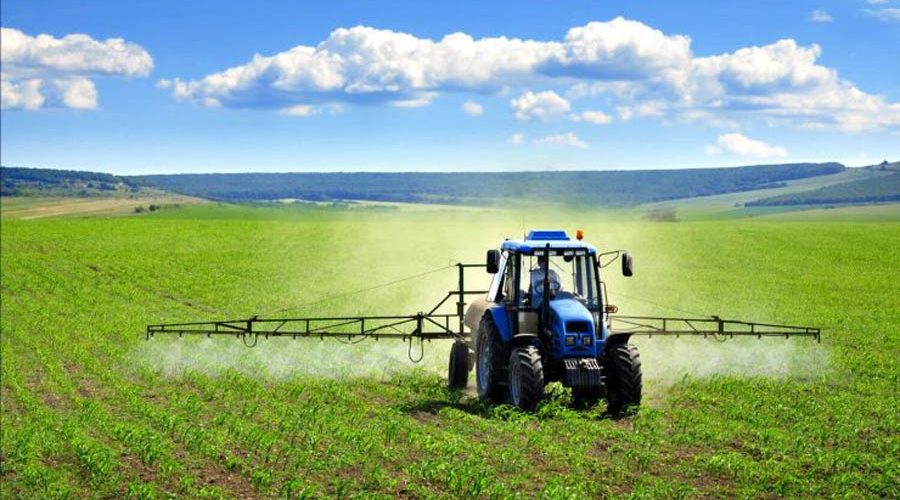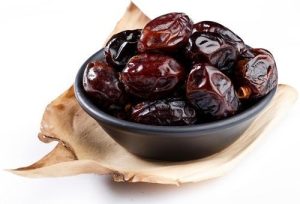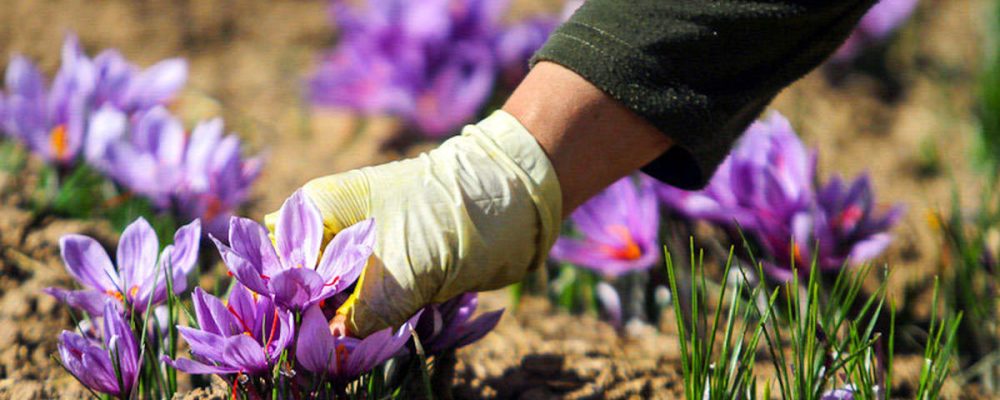Agriculture is one of the most important economic and social sectors of Iran, which plays a big role in providing food security, job creation and rural development. But this sector has faced great challenges in recent years, which is a serious threat to the lives and activities of Iranian farmers. This problem has created problems and challenges for Red Gold this year. These challenges include:
- Economic sanctions: In recent years, Iran has faced extensive and severe sanctions from the United States and some western countries, which has caused an increase in the exchange rate, a decrease in purchasing power, an increase in production and import costs, and a shortage of some raw materials and equipment. agriculture and reducing the export of agricultural products. These sanctions have caused Iranian farmers to face many financial and economic problems and earn less income from the sale of their products.

- Drought: Iran is one of the dry and semi-arid countries in the world, which has a shortage of fresh water and water resources. According to United Nations statistics, Iran ranks 24th out of 168 countries in the world in terms of the severity of the water crisis. Drought in recent years has caused a decrease in the level of underground water, rivers, lakes and wetlands, which has led to a decrease in the irrigation of fields, an increase in water supply costs, a decrease in the quality and quantity of agricultural products, and an increase in the pollution of agricultural water. Drought has also caused environmental problems such as desertification, soil erosion, biodiversity loss and global warming.
- Other challenges: In addition to economic sanctions and drought, Iranian farmers also face other challenges, which include the following:
- Lack of capital, banking facilities and agricultural insurance.
- Lack of agricultural land, division of land and conversion of agricultural land to urban land.
- Lack of knowledge, technology and innovation in agriculture and lack of access to agricultural training.
- Lack of market, inappropriate pricing and unfair competition with imported products.
- Lack of supervision, support and coordination between organizations and institutions related to agriculture.
These challenges have caused Iranian farmers to be in difficult and difficult conditions and many of them are discouraged from doing agricultural activities. But despite all the problems, these farmers continue their work with hope for the future and relying on agricultural values and culture, and try to improve their conditions by using creative solutions and traditional resistance.
There was not enough saffron this year; Factors and solutions
Saffron or red gold is one of the valuable and strategic agricultural products of Iran, which plays an important role in the economic and social development of the country. (To see History of saffron Click) But this year, due to the drought situation and economic sanctions, the production of saffron has decreased drastically. According to the statistics of the Ministry of Agricultural Jihad, the production of saffron in the crop year of 1401 compared to 1400 has decreased by 50%. This decrease in production, in addition to the negative effects on the income and life of farmers, has caused an increase in the price of red gold in domestic and foreign markets. In order to face this challenge, it is necessary to identify the factors affecting the lack of saffron this year and provide appropriate solutions to solve them.
Factors affecting the lack of saffron this year

According to reports and analysis, the factors affecting the lack of saffron or red gold this year are:
- Drought: One of the main factors in reducing saffron production this year is drought and lack of water. Saffron is a water-loving plant that needs proper and continuous watering. But this year, due to the decrease in rainfall and the level of underground water, irrigation of saffron fields has faced problems. Some farmers have not been able to provide the necessary water to irrigate their fields, and others have had to buy water from other sources at high costs. This situation has reduced the quality and quantity of saffron products
- Economic sanctions: Another factor that has affected the lack of saffron this year is the economic sanctions against Iran. Iran has faced extensive and severe sanctions from the United States and some western countries, which has caused an increase in the exchange rate, a decrease in purchasing power, an increase in production and import costs, a shortage of some raw materials and agricultural equipment, and a decrease in the export of agricultural products. . These sanctions have caused Iranian farmers to face many financial and economic problems and earn less income from the sale of their products.
- Lack of capital and facilities: Another factor that has been effective in the lack of saffron this year is the lack of capital and facilities for farmers. Saffron is a long-term investment product that requires a lot of initial and current costs. But Iranian farmers have not been able to secure the necessary capital for saffron production due to the lack of access to banking facilities and agricultural insurance. Some farmers have had to borrow from informal sources with high interest rates, and others have had to sell or rent their land to others.








